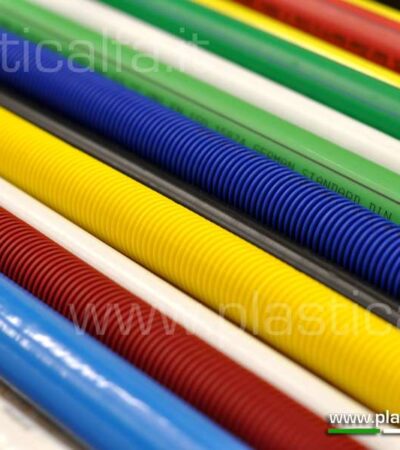Plastic
Do you distribute and market products or are you part of the plastic packaging management/production chain? We address commercial and retail structures from all sectors, such as large-scale retail trade (GDO), specialised distribution (GDS) and logistics centres.

Current sector scenario
26 mln tonn.
Of plastic waste is generated in Europe every year
About l’80%
Of marine waste is plastic
87%
Of Europeans are concerned about the impacts of plastics on the environment
95%
Waste plastic not recovered, only 5% of new plastic comes from recovery
Directives and targets in Europe for a circular economy for plastics
On 12 June 2019, the EU SUP Directive (2019/ 904) was issued by the EU that requires to:
- Reduce the consumption of certain single-use plastic products, such as food containers, by 2026 and ban the placing on the market of others, which are particularly impactful on the marine environment.
- Replace plastics with reusable and biodegradable alternatives, available at the point of sale to the end consumer.
- Take the necessary measures to ensure reuse, recycling or other recovery operations to reduce waste production.
Why the plastics industry needs to go circular
Today, plastics are too often used as single-use products, becoming waste after a single use. Current linear patterns of plastic production and consumption are damaging nature and the economy, which is why we need a circular economy for plastics, allowing for more durable use, reuse and recycling.
By adopting a circular approach, plastics companies can achieve important benefits not only from an environmental point of view, but also from an economic and strategic one. A circular model lead to more efficient production processes, the entrance into new markets, improvement of the reputation and the adaptation in advance of the new regulation in various areas of sustainability management and communication, such as the EU Directive 2019/904 on single-use plastics.
How to make plastics circular
- Reducing inefficiencies in the individual steps of the logistics and production process
- Promoting the collaboration of the whole supply, sales and distribution chain
- Using renewable raw materials for plastic production
- Adopting new infrastructural solutions that favour the reuse and recycling of plastics
The plastics processing industry is increasingly focused on innovation and sustainability. Circularity can help you re-design your plastics production model according to the principles of the circular economy to address the environmental and climate challenges associated with the production, use and disposal of the many types of plastics that exist. The focus is on reducing raw material consumption, on the environmental impacts and on developing environmentally sustainable products.
We offer a full range of services to help you integrate the circular economy into your business model: information, training, materials management, consultancy, certification.






